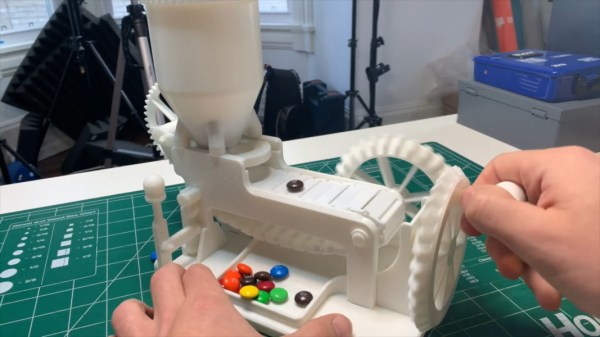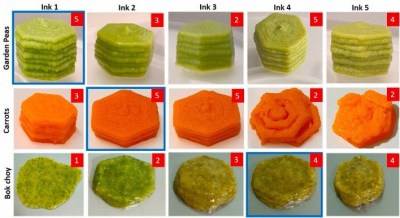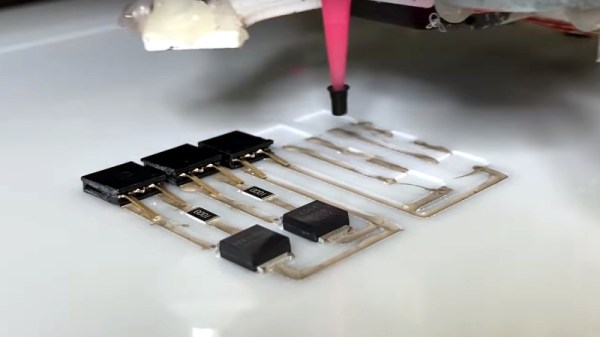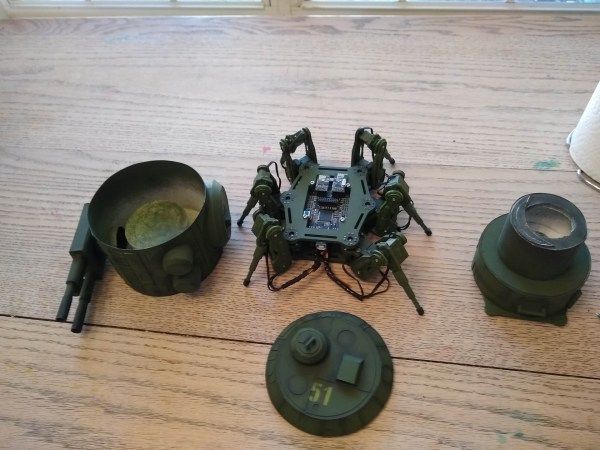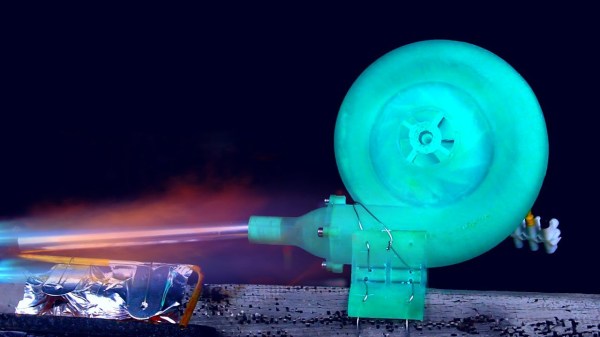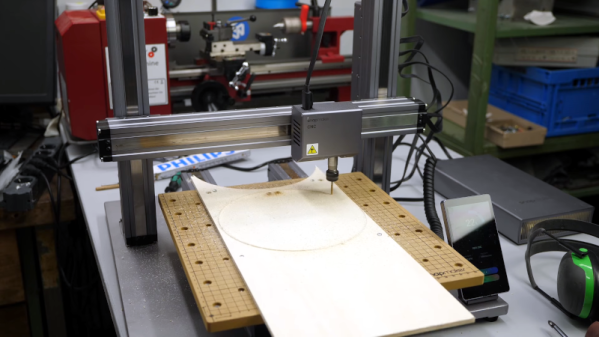Still don’t have anything for Valentine’s Day? We wholeheartedly suggest that you fire up that printer and get ready to fall in love with engineering all over again, because [JBV Creative] has designed a super-sweet piece of machinery that would turn the gears of anyone’s heart. He calls this the most overly-engineered candy dispenser ever, and we have to agree. It’s certainly one of the most beautiful we’ve ever seen.
There’s no electronics at all in this elegant design, just purely mechanical, hand-cranked fun. Turning the crank does two things at once — it moves a little access panel back and forth underneath the chute that governs the number of candies given, and at the same time, moves the conveyor belt along to deliver the goods to the receiving area.
This entire design is absolute genius, especially the decoupling mechanism that shuts off the flow of candy but allows the belt to keep moving. Be sure to watch the build video where [JBV Creative] effortlessly snap-fits the machine together without a single tool, and stay for the follow-up video where he discusses the engineering challenges and shows just how much work went into it.
Of course, there’s more than one way to overly-engineer a candy dispenser. Here’s one that finds the holy grail of peanut M&Ms — the ones that didn’t get a peanut.
Continue reading “Express Your Love With Candy And Engineering”

